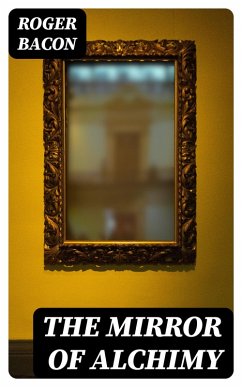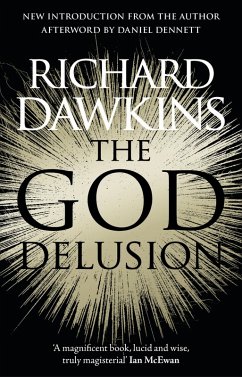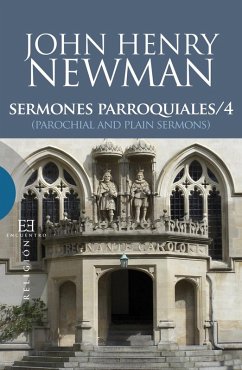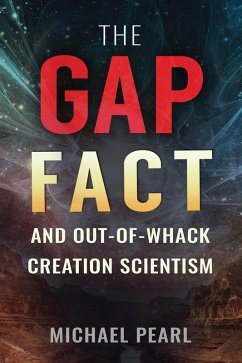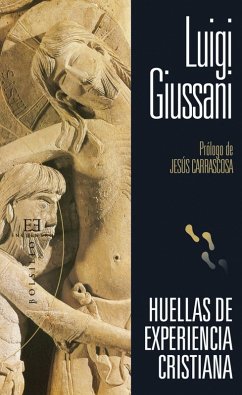
A Discovrse of Fire and Salt (eBook, ePUB)
Discovering Many Secret Mysteries as well Philosophicall, as Theologicall
Übersetzer: Stephens, Edward
Versandkostenfrei!
Sofort per Download lieferbar
0,49 €
inkl. MwSt.
Weitere Ausgaben:

PAYBACK Punkte
0 °P sammeln!
In "A Discovrse of Fire and Salt," Blaise de Vigenère delves into the intricate relationships between alchemy, chemistry, and the nature of fire itself. Through a meticulous examination of the principles of combustion and the dualistic symbolism of fire and salt, Vigenère employs a rich, allegorical style informed by Renaissance humanism and the burgeoning scientific revolution. This work transcends mere philosophical discourse, engaging with contemporary debates among scholars of his time, and serves as a bridge between medieval and modern scientific thought, thus situating Vigenère within...
In "A Discovrse of Fire and Salt," Blaise de Vigenère delves into the intricate relationships between alchemy, chemistry, and the nature of fire itself. Through a meticulous examination of the principles of combustion and the dualistic symbolism of fire and salt, Vigenère employs a rich, allegorical style informed by Renaissance humanism and the burgeoning scientific revolution. This work transcends mere philosophical discourse, engaging with contemporary debates among scholars of his time, and serves as a bridge between medieval and modern scientific thought, thus situating Vigenère within a pivotal moment in intellectual history. Blaise de Vigenère (1523-1596) was not only a prominent French diplomat and cryptographer but also a scholar deeply engaged with the natural sciences. His experiences in the royal courts likely exposed him to a range of intellectual currents, including Hermeticism and the emerging discipline of chemistry. Vigenère's multifaceted background enables him to navigate both the poetic and the empirical dimensions of his subject, illuminating the complexities of natural philosophy that preoccupy him. "A Discovrse of Fire and Salt" is a vital read for anyone interested in the intersection of science, philosophy, and literature in the Renaissance. Vigenère's nuanced synthesis of alchemical discourse invites readers to ponder the mysteries of nature itself, making this work not only historically significant but also profoundly thought-provoking.
Dieser Download kann aus rechtlichen Gründen nur mit Rechnungsadresse in A, B, BG, CY, CZ, D, DK, EW, E, FIN, F, GR, H, IRL, I, LT, L, LR, M, NL, PL, P, R, S, SLO, SK ausgeliefert werden.




